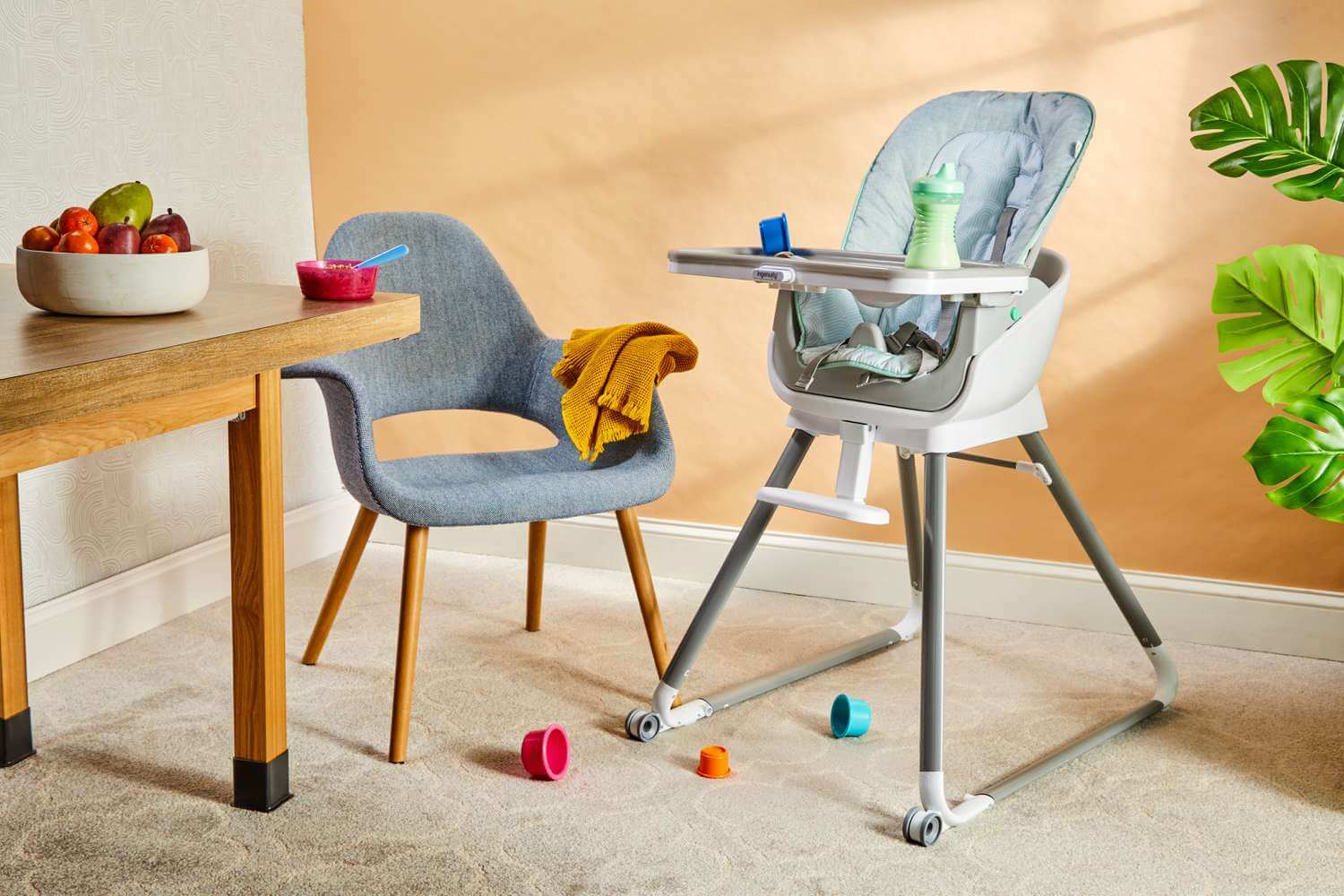Content Attributes
Anyone who has moved houses knows moving is nothing short of an exhausting activity. That’s particularly so if you choose to go the DIY route as opposed to hiring professional movers to handle the move for you.
That aside, moving also comes with its fair share of hazards. Whether it’s injuries inflicted by heavy lifting, sharp objects or other perilous factors, it’s easy to get a serious injury if you’re not careful when relocating.
That’s not forgetting, if you have young children and/or pets, there are a myriad other potential hazards to watch out for, such as for example, polythene paper and poisonous items around the house which could come in different forms – cosmetics, batteries, vape juice, medicine, cleaning products, you name it.
It therefore goes without saying that observing safety measures should be a top priority when relocating.
As far as the actual things you need to do go, here are five safety moving tips you need to keep in mind when moving in 2021.
1. Avoid overpacking
This is a common mistake most of us make when moving. Just because you have a plus-sized moving box doesn’t mean you should stuff it up with 100 pounds of books.
What’s often forgotten is that moving boxes are designed to hold a particular amount of weight which if exceeded could lead to back injury or straining of the knees and other joints – assuming the box itself is solid enough not to come off.
A rule of thumb to always keep in mind is to limit the weight in your moving boxes as follows:
- Don’t exceed 50 pounds for small boxes (S)
- You Don’t exceed 65 pounds for medium boxes (M)
- Don’t exceed 70 pounds for large boxes (L)
XL boxes should be used with bulk (note, not heavy) items such as clothes, linens, cushions, and comforters.
2. Follow proper lifting protocols
Lifting is not only about getting boxes or appliances from one point to the next. There are fundamentals of heavy lifting you need to follow to avoid injury.
For example, the spine needs to be in neutral alignment when lifting heavy stuff. Similarly, avoid bending your waist and instead bend the knees when picking heavy loads off the ground.
Get acquainted with some of these basics to avoid issues that might come back to haunt you later, as they so often do.
3. Rent a dolly
A dolly can simplify the entire process of hauling some of your heavy items and boxes from Point A to B significantly.
Moreover, if the moving assistance you’re enlisting is from family or friends. Chances are neither of you is trained in professional moving practices. So there’s always the increased risk of mishandling heavy appliances like refrigerators and cooking ranges – and you don’t want that.
If you don’t have one on hand, there are plenty of places you can rent a dolly for cheap, including from a nearby moving company or local hardware store.
4. Have a plan in place
Don’t try to take on all the heavy lifting with as lean a moving team as possible. Heavy lifting – which is responsible for most moving injuries – can lead to joint and muscle injury, and particularly around your spine area.
If you’re involved in a DIY move, it’s important to develop a plan ahead and know how you’re going to handle the specifics, especially as relates to the loading and unloading of the van or truck.
Remember that you don’t necessarily have to rely on friends or family for manpower – moving companies do provide labor-only service at an hourly fee.
5. Dress appropriately
Lastly, the mode of dressing particularly on moving day is another safety concern to think about.
Comfortable clothing (neither too baddy, nor too tight) that does not impede movement or likely to trip you is ideal for moving; clothing that is breathable and weather-appropriate.
As for footwear, the best choice for the day would be boots or sneakers.



